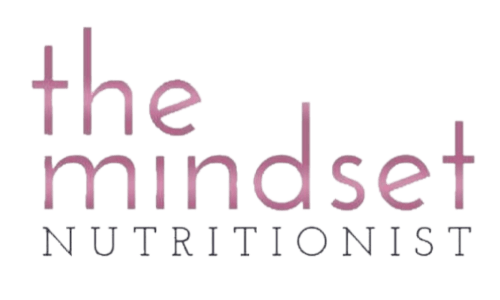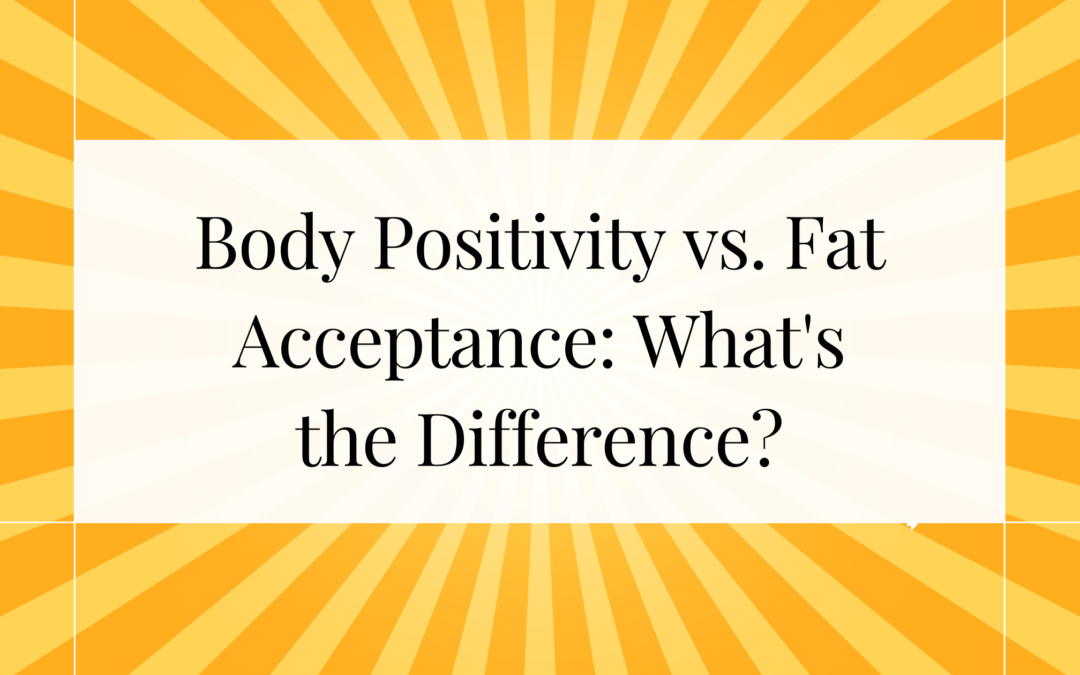Today, we’re diving into a topic that’s been buzzing around social media, in conversations with friends, and probably in your own thoughts too—Body Positivity and Fat Acceptance. You might think they’re the same, but guess what? They have their own unique flavours. Let’s break it down and see why understanding the difference is important for your own personal journey.
Body Positivity: Love Your Body, No Matter What…or is it?
Body Positivity is like the ultimate cheerleader for self-love. It’s all about embracing and loving your body just as it is. Whether you’ve got curves, no curves, freckles, scars, or birthmarks that look like constellations—body positivity says, “You rock!”. Well that’s what we have understood it to be on the surface. It’s trying to challenge beauty ideals. When you search for #bodypositive #bopo, what do you find? Well people who fit the thinness and beauty ideal ironically. And ironically because of how body positivity started.
History of Body Positivity
The Body Positivity movement has roots in the 1960s but really gained traction in the 2010s with the rise of social media. The National Association to Advance Fat Acceptance (NAAFA) was founded in 1969, advocating against fat-shaming and promoting body acceptance. Fast forward to the 21st century, influencers and celebrities began to champion the cause, spreading the message of self-love and body diversity to millions around the world. Ultimately, it was started by black, fat people for people who have marginalised bodies in some way. Including fat, disabled, etc.
The Nuance of Social Justice and Body Positivity: Who’s Being Represented?
As the Body Positivity movement gained popularity, it started to shift. Initially, it was a radical movement focused on marginalized bodies—those of fat people, black/brown people, people with disabilities, and LGBTQ+ individuals. However, as more mainstream attention came in, especially from white women, the focus began to shift.
This co-opting by predominantly white, able-bodied, straight-sized women has diluted the original message to purely self love for the individual, not exploring the systems at play that would oppress individuals because of their bodies. While everyone deserves to feel positive about their bodies, the emphasis on already-privileged bodies can push marginalized voices to the background. It turns a movement that was about challenging systemic inequalities into one that sometimes feels more like a generic self-love slogan.
Fat Acceptance: A Deeper Dive into Inclusivity
Now, let’s talk about Fat Acceptance. Think of it as the activist cousin of Body Positivity, with a focus specifically on ending the stigma around being fat. Fat Acceptance isn’t just about feeling good in your skin—it’s about changing the way society treats fat people. Challenging the systems at play that makes things less accessible or impossible for fat people. It also is used to name challenging internalised anti-fatness by an individual, naming the systems at play.
Fat Acceptance History
The Fat Acceptance movement also began in the late 1960s, with groups like NAAFA taking the lead. The movement sought to challenge societal norms and combat discrimination. In the 1980s and 1990s, it gained momentum with the publication of books and studies highlighting the negative impact of weight bias. Today, it continues to push for social and systemic changes to support fat people.
So, What’s the Big Difference between body positivity and fat acceptance
Here’s where it gets interesting. Body Positivity is now used to communicate broader and focuses on self-love and acceptance for all body types but still centers thin people and beauty standards. This means it really does strive to exclude people who do not meet societies standards in their bodies. “Body positive” weight loss exists, which as you have read, shouldn’t be something that goes together. Fat Acceptance, on the other hand, zooms in on the specific struggles and discrimination that fat people face and helps them find a way to cope with this and externalise those struggles. Because fat people do not choose to be fat and fat bodies are not bad bodies.
Why It Matters: Changing the World, One Attitude at a Time
Understanding the difference and the nuance matters because it helps us be better allies and advocates. When we get why Fat Acceptance is crucial, we start to see the unique challenges fat people face and can stand up against the biases they encounter. We also recognize the importance of amplifying the voices of those in marginalized bodies.
We can absolutely all be body positive but also recognising that this world does not accept diverse bodies right now and have compassion as well as speak about the oppression that people experience. By supporting Fat Acceptance, we push for a world where fat people aren’t judged or mistreated based on their size. And by being mindful of whose voices are being heard, we can ensure that the movement stays true to its roots.
At the end of the day, both Body Positivity and Fat Acceptance remind us of one simple truth: Everyone, regardless of their body deserves love, respect, and kindness. So, let’s spread the positivity, support the acceptance, and keep making the world a better place for every body.
Have you considered stopping dieting? Maybe intuitive eating is what you need. Here is a blog that explains it! Or want some social media inspo? Click here!🌈💖


